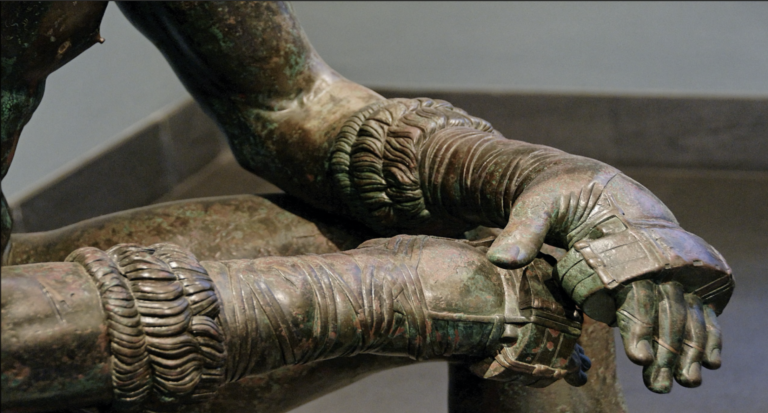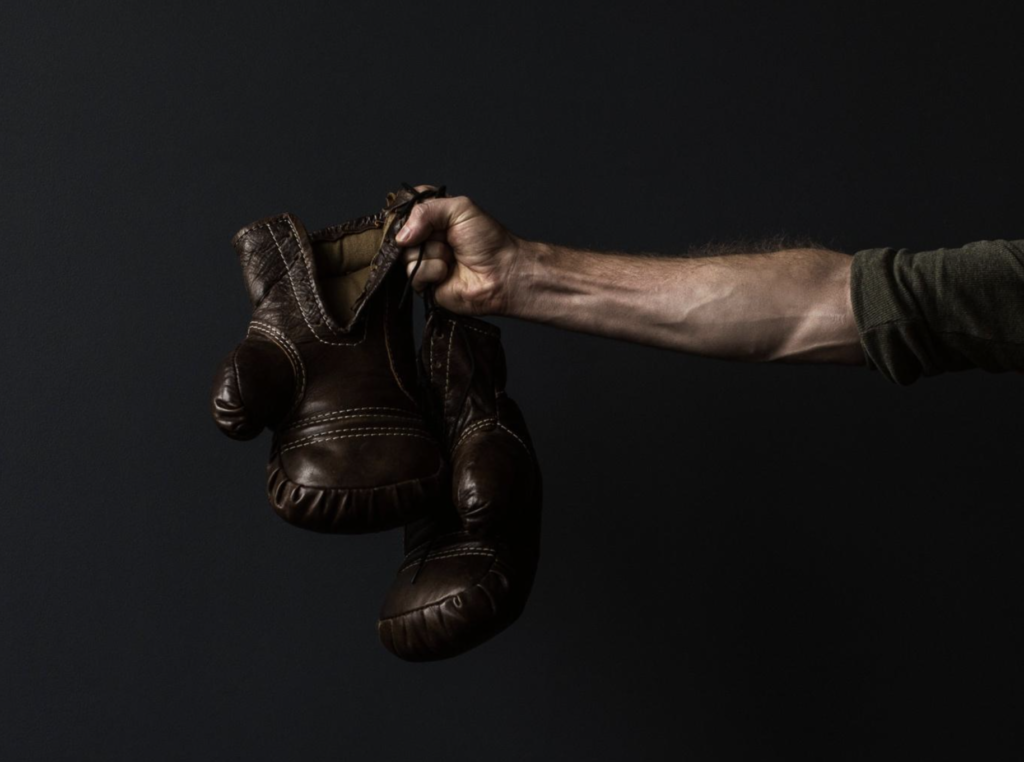Boxing: The knockout workout
What is Boxing?
Boxing is a combat sport between two people with the primary objective to beat the opponent
through effective and clean punches. The earliest documentation of boxing rules dates back to
Ancient Greece, where the sport first appeared in the 23rd Olympiad in 688 BCE 1 1. Although
fighters of the sport came from all social classes, they predominately derived from aristocratic
or wealthy backgrounds. At the time, no rounds existed and the only way to determine the
winner was if the other fighter was unable to go on. As such, boxing was depicted as a
dangerous sport that often left the fighters deeply injured. Evidence can be found in ancient
literature and art incorporated in vases and ancient myth.
The sport has since evolved to include a robust set of guidelines to ensure the safety of fighters
while still preserving the soul of the sport 2 2.
General Boxing Rules
- Bouts consist of four to twelve rounds taking place in a ring;
- Rounds: consists of three-minute duration, with a one-minute rest period between rounds;
- The Mandatory Eight Count after knockdowns: is a standard guideline for all bouts. This count gives the fighter eight seconds to regain themselves after a knockdown before the fight is allowed to restart. After the count, the referee uses their judgement to assess if the fighter is fit to resume. A referee may deem a fighter unable to fight and declare a Technical Knock-out (TKO). Not to be confused with a conventional Knock-out (K-O) which is a knock-out caused by a single hit;
- The 10-point system: Each round is scored on a 10-point scale basis. Most rounds are scored 10-9. With the winner scoring a 10 and the other receiving a 9.
- The Four Factors of Scoring
- Clean punches: Hard punches as well as the number of punches are considered. Both on the head and body.
- Effective Aggressiveness: Boxer leading the fight and landing the clean punches.
- Ring Control/Generalship: Evaluates the boxer that puts themselves in the position to score and not be hit in between. The boxer that takes control of the fight by using slips and feints to destabilise their opponent and put themselves in the offensive.
- Defense: Boxer exhibits strong defensive skills through classical moves such as slips, feints, counters, fighting off the ropes and destabilizing the opponent.
Four Types of Punches
- Jab: straight punch delivered with the lead hand, which moves directly out from the shoulder. (Head shot)
- Cross: Put weight frontwards and extend dominant arm forward to punch, rotating palm to face down. Quickly return dominant fist back to face after shot. (Head shot)
- Hook: punch delivered with the lead hand, bend arm at a 90-degree angle and swing as if you’re punching an opponent in the jaw. Envision adopting a hook-like stance with your arm. (Head shot)
- Uppercut: swing dominant hand up as if punching your adversary on the chin (Body shot)
Vitality Tip:
Remember to cover your ass(et) (CYA): Always keep your guard up. Hands need to be kept at eye level at all times. Also ensure that one hand is protecting your head while the other is throwing a punch.
Why Boxing?

Boxing provides wide range of physiological and mental benefits:
Four Physiological Benefits:
Cardiovascular Health: Boxing is a form of High intensity interval training HIIT 3 proven to
promote cardiovascular health and reduce risk of heart disease. Boxers require stamina and
endurance as they need to fight multiple rounds with a three-minute duration.
Fat Burning: Boxing is a sure way to burn fat as it’s an effective combination of High intensity
interval training (HIIT) and full body movements. Punching implicates the whole body as it
requires proper movement of the lower body, shoulders and arms.
Whole-Body Strength: The force of the lower body affects the intensity of the punch. Boxing
focuses on the arms, core, shoulders legs, and cardiovascular system all at once.
Improved Balance & Coordination: Boxing Involves coordinated footwork, quick reactivity to
the changing environment in the ring and strength required for repetitive movement. In
addition, it amplifies hand-eye coordination and body awareness, which sharpens overall
senses.
Four Mental Benefits:
Stress Management: Boxing helps release bottled up emotions and stress. There is definitely
something cathartic about hitting a punching bag. As any physical activity, it also releases
endorphins, which act as nature’s pain-reliever, which generates a state of well-being 4 .
Increased Focus & Discipline: Boxing instills a sense of discipline. Whether its learning and
refining a new fighting technique or consistently showing up to train. It develops the focus and
discipline needed in all avenues of life. The fighter’s strong mindset is crafted by continuous
repetition and improvement.
Boosts confidence: As fighters progress in their boxing journey, they will see progress in their
skills and overall fitness. Mastering new skills requires practise, discipline and perseverance.
Seeing concrete progress enables the feeling of accomplishment that inadvertently leads to
higher confidence levels and self-assurance. These skills can include better footwork, punches
and overall defence. Moreover, this boost of confidence also spills into everyday life.
Comradery and Community: Building connections with like-minded people can combat feelings
of isolation and depression and lead to a greater sense of community.
Conclusion
Boxing provides a balanced approach to overall well-being. It sharpens the senses, improves
physical health and promotes community and human connection. Not to mention, boxing has
been around for thousands of years and continues to inspire fighters across the globe one
punch at a time.

Hand Wraps

Boxing Gloves

Mouth Piece

Boxing Pads

Boxing Glove Deodorizer

Jump Rope


